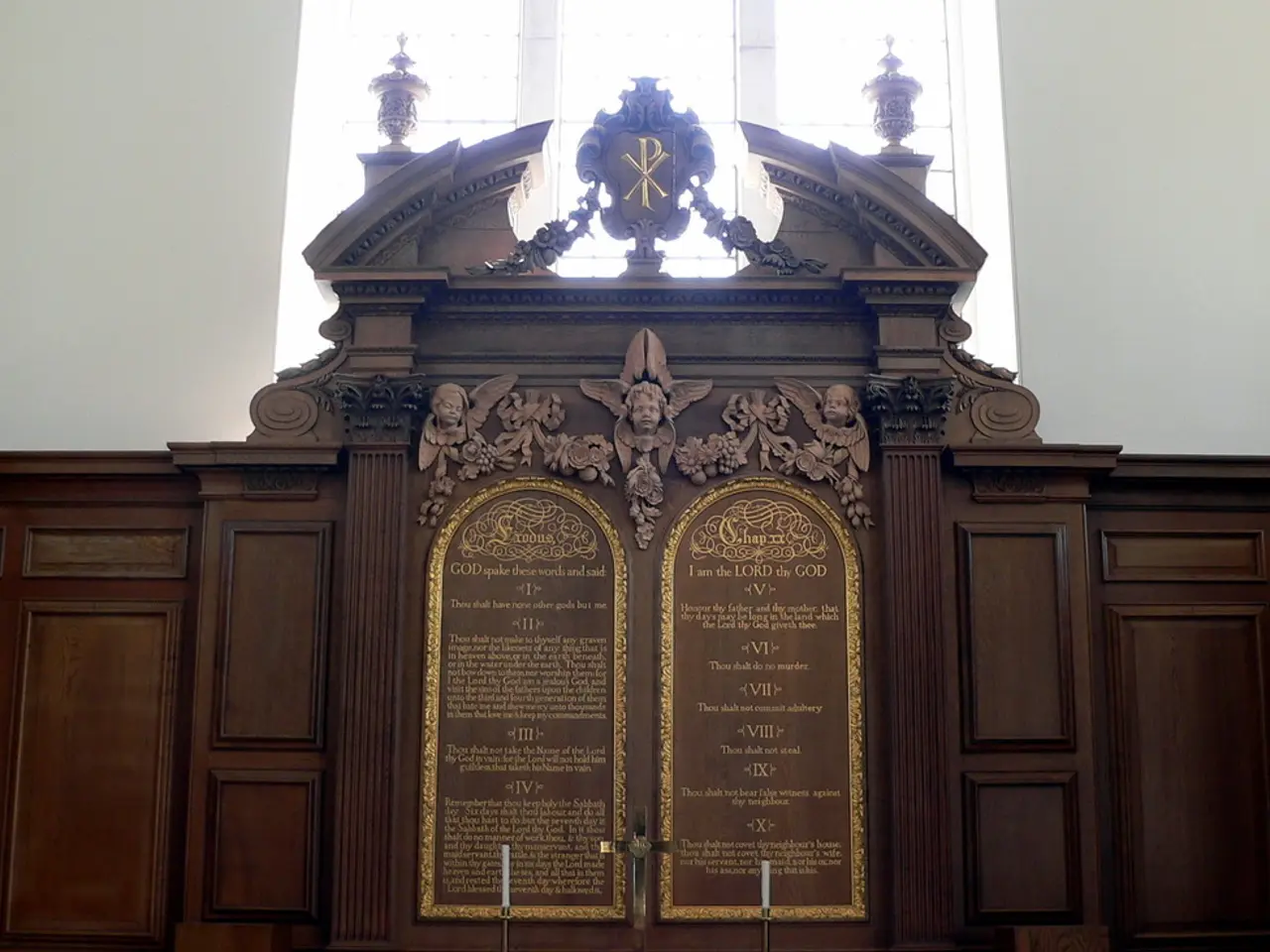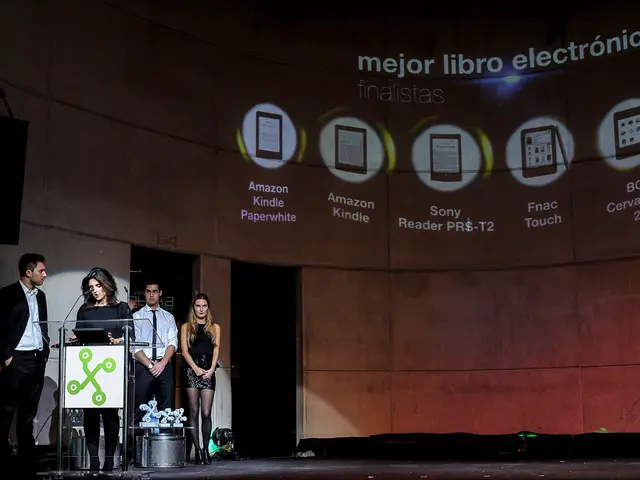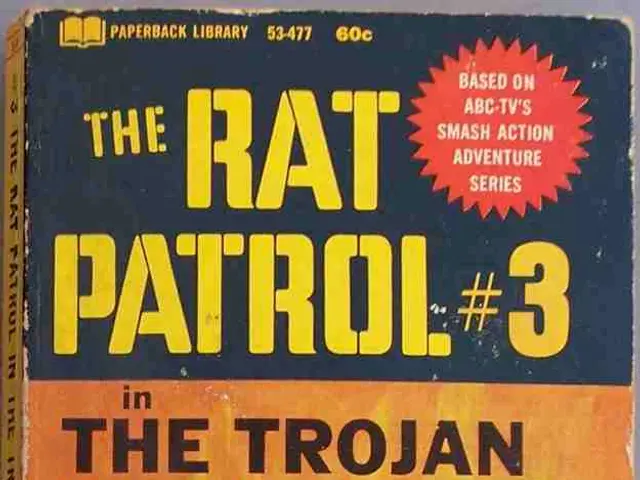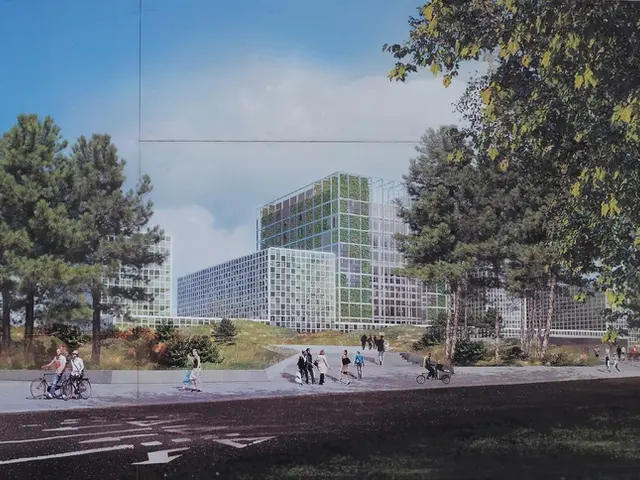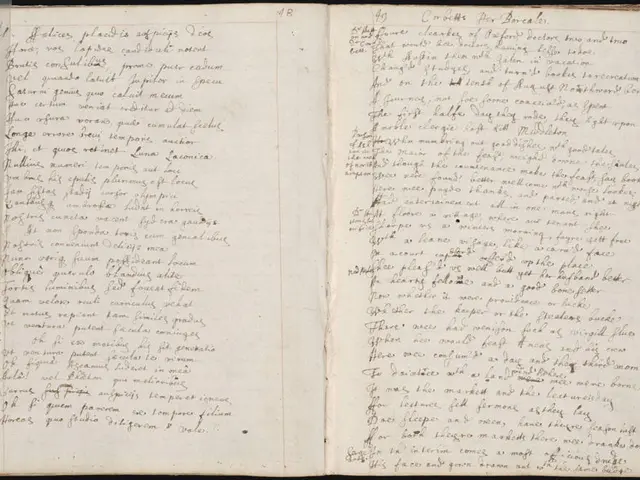Yale's Conservation Center Offers Rare Glimpse into Artifact Preservation
Yale University's conservation center at the West Campus hosted an open house on Friday, offering a glimpse into the delicate world of artifact preservation. Associate curator of ancient art at the Yale University Art Gallery (YUAG), Lisa Brody '91, displayed rarely seen artifacts from the Dura-Europos excavation site in Syria, highlighting the unique challenges and techniques involved in conserving organic materials.
Organic materials like leather and wood are notoriously difficult to preserve due to their susceptibility to decay. However, unique environmental conditions at Dura-Europos have remarkably kept these artifacts intact. Conservator Mikes, present at the event, emphasized the crucial role of science in conservation. By understanding the physical properties of these artifacts, conservators can prevent and repair damage.
A common issue faced by conservators is the presence of salt in artifacts. To tackle this, ceramics are often soaked in water to leech out the salt. Conservators also strive to repair fissures using original material, ensuring they do not damage original paints. Despite modern curatorial practices favouring minimal intervention, a Roman-era shield called a scutum, made from wood and leather, was displayed in its reassembled state.
The open house at Yale's West Campus allowed community members to witness the painstaking process of artifact conservation. From managing temperature and humidity to addressing specific issues like salt content, conservators ensure these fragile pieces of history endure. The event also demonstrated the importance of public engagement in understanding and appreciating the work that goes into preserving our cultural heritage.
